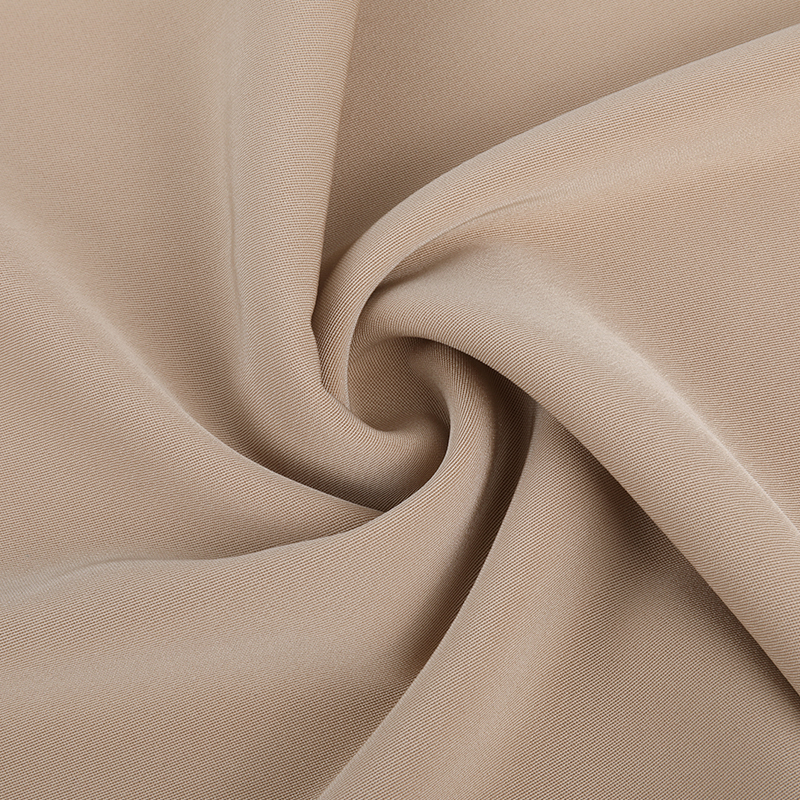If you are interested in some of our products, please feel free to visit our website or contact us for detailed information.

Polyester fabric is one of the most sought-after synthetic textiles on the market, accounting for 55% of fiber demand. Polyester can be found everywhere from clothing and home decor items to industrial applications like conveyor belt fabrics and seatbelts. Polyester is produced using long chains of synthetic polymers bound together into fibers which are then knitted together into cloth fabrics like this one - popular choices for both high fashion and functional pieces alike!
But you should also be mindful that this fabric comes with some environmental repercussions you need to be mindful of - from its production through disposal.
While some synthetic and plant-based polyester fabrics may be biodegradable, most are not. Instead, these fabrics contain ethylene gas which is produced as a byproduct from petroleum or fossil fuel sources and contributes to pollution worldwide. This makes polyester fabrics one of the primary contributors to pollution worldwide.
Polyester production is highly energy intensive. It requires large amounts of fossil fuels as well as chemicals to process raw materials, both of which contribute to air and water pollution, with harmful substances released into the environment that could present health hazards.
Polyester remains an accessible and cost-effective fabric option that's easy to care for, making it suitable for athletic apparel thanks to its moisture-wicking capabilities and resistance against wear and tear. Despite these challenges, polyester remains one of the most commonly used and durable fabrics, used extensively around the world.
Polyester stands out as an attractive fabric because of its wrinkle-resistance; therefore, less ironing and washing were needed when first introduced as an alternative to cotton and linen fabrics. This feature made polyester attractive as an option at its introduction into mainstream markets.
Polyester fabrics may feel coarse to the touch if produced cheaply; however, different methods for creating and weaving polyester fabric can lead to softer fabric that feels similar to silk or satin fabric.
Even though these fabrics provide a great alternative to conventional polyesters, they're still not the most sustainable options. Polyesters typically consist of ethylene and terephthalic acid-derived polyesters. To increase sustainability, more companies have begun employing vertically integrated direct processes that produce polyester from polymer meltdown to yarn or filament production - eliminating conversion steps before weaving into cloth fabric - which helps lower energy use, emissions production, waste produced during manufacture as well as landfill waste accumulation.


 English
English 中文简体
中文简体 Español
Español Français
Français italiano
italiano








